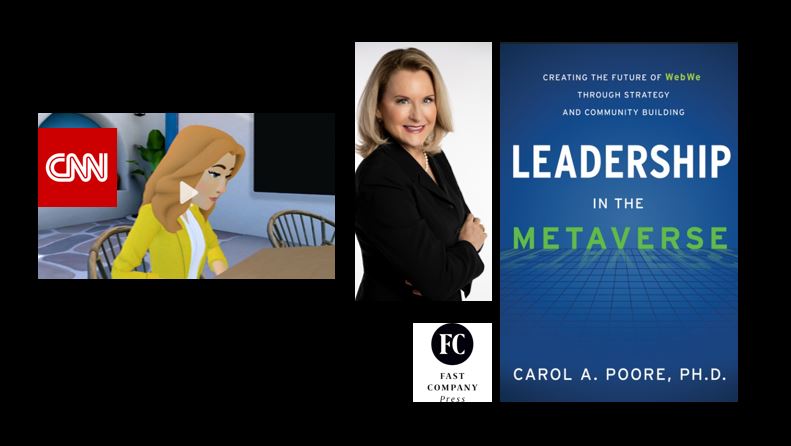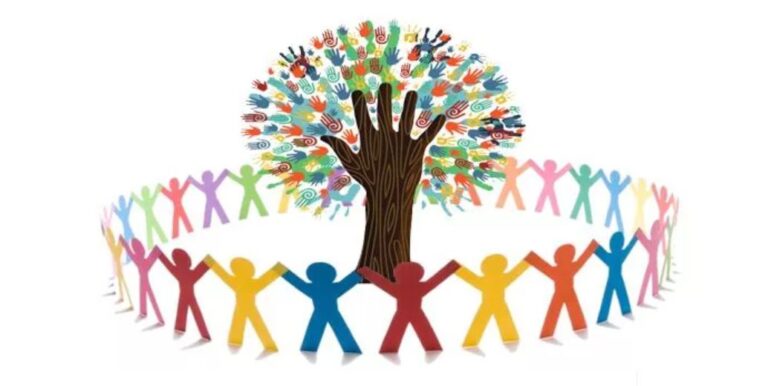(Released by Fast Company Press on February 21, 2023.)
The metaverse, which is also referred to as Web3 and WebMe, is the next phase of the internet.
In it we will be able to connect with countless shared, persistent, and 3D virtual worlds. We will jump in and out of various virtual worlds using eyeglasses, headsets, phones, digital contact lenses, and anything designed to connect digital worlds with human beings.
We’ll gather for birthday parties with loved ones across the world. We’ll conduct business, attend school, watch sports, visit museums, and enjoy live music concerts.
In the metaverse, we’ll meet up in work teams, plunge ourselves into virtual travel across numerous universes, and present ourselves as a variety of avatars. Our avatars will mimic our facial expressions, represent our styles, and exude our personality based on the occasion.
Loosely defined, the metaverse is a network of 3D virtual worlds focused on social connection*, often described as a sort of next generation of the internet as a single, universal virtual world that is facilitated by, but not defined by, the use of virtual reality (VR) and augmented reality (AR) headsets.
It’s a virtual realm and place of “being” introduced in the 1992 science fiction novel Snow Crash, combining “meta” and “universe.” Author Neal Stephenson envisioned the metaverse as a collective, physically persistent virtual shared space connected to the real world rather than existing only in cyberspace.
The metaverse as a “place” was first realized in 2003, with the online video game Second Life.
The metaverse is impossible to clearly define at this early stage, because of its vast, unknown potential.
The metaverse Is being described as:
- real-time,
- 3D,
- persistent,
- large-scale,
- virtual worlds (plural), and
- environments where people and companies will spend an enormous amount of time and money.
Many argue that we’re already living in a metaverse world. We live much of our lives through our smartphones, using filters and hashtags to curate our virtual appearance and interests. We stare at our computers, working, attending meetings, paying bills, making reservations, and so much more.
Within the next decade, metaverse technology is expected to bring 3D holograms into our digital social experiences, along with the haptic sensations of touch. Early adopters such as Nike have created 3D metaverse-like experiences.
As immersive technology is developed by many during the next ten years,1 we will see the metaverse gradually unleashed. Life as we know it will be forever changed. For us, and for future generations.
This is why I wrote Leadership in the Metaverse.
I explore the metaverse with three social-science lenses focused on creating WebWe:
- Strengthening leadership skills for a permanent hybrid world.
- Developing open and agile strategies to connect people with their organization’s future.
- Defining and building “Big C” human communities that make an impact in our physical world on Planet Earth.
This is the first of many Leadership in the Metaverse articles to come – stay tuned!
* Source: Newton, Casey (2021-07-22). “Mark Zuckerberg is betting Facebook’s future on the metaverse”. The Verge. https://www.theverge.com/22588022/mark-zuckerberg-facebook-ceo-metaverse-interview.




